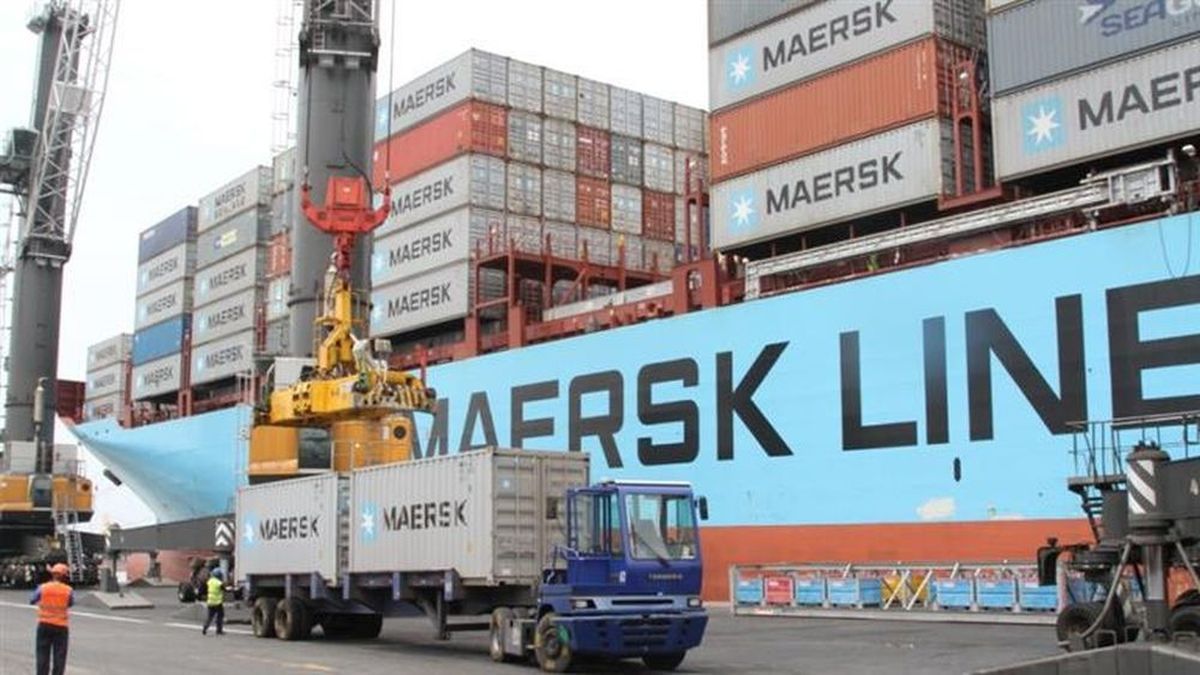The prices of some fruit and vegetables have been increasing recently due to excessive rainfall, the cold wave and the lack of sun on crops, however, prices are expected to slowly begin to normalize.
Among the vegetables that suffered the most from the inclement weather were lettuce, chard, spinach, beetroot, tomatoes, bell peppers and zucchini. On the other hand, fruits such as apples and citrus fruits are not facing the same problem since almost all of them have been harvested.
“In the last two years, the box of bell peppers had not reached $3,000, and this winter it did reach the wholesale level. The consequences were also felt in tomatoes, squash, zucchini and all vegetables that grow at medium temperatures,” explained the agricultural engineer, Alejandra Pallante, technical assistant in Market Information at the UAM to Radio Montecarlo.
“Before these intense frosts, the weather was quite pleasant,” explained an official from the Metropolitan Agri-Food Unit (UAM), referring to the fact that the plants had become accustomed to temperatures that did not drop below ten degrees, so the intense cold wave affected their development, even causing some crops to burn.
Regarding the increase in prices, Pallante said that after the end of winter, they will return to normal. “In October-November we will have very good prices, very accessible and convenient,” he said.
MGAP’s concern
At the end of May, the Farm Manager of the Ministry of Livestock, Agriculture and Fisheries (MGAP), Nicholas Chiesa, The agricultural sector is at “the worst moment” in terms of the costs it is facing and this situation will end up extending for a couple more weeks.
In this regard, the hierarch referred to the excesses of rains, The cold snap and lack of radiation affected several vegetables that will take time to recover. “There is a period of inertia that will take some vegetables to recover more quickly and others will take a little longer,” he explained.
Chiesa assured that not only Uruguay It is not only complicated by inclement weather, but it is an issue that covers the region. Among the most affected are Brazil, due to the floods that were suffered in the south of the country, as well as Argentina. “Importers are trying to get goods in the region and it is complicated,” Chiesa said on Radio Carve.
In this way, it is becoming more complicated for the Uruguayan importers The farm manager explained that bringing trucks in during floods is also a factor that makes operations more expensive. “When these weather events occur, it’s not Uruguay, it’s the region. And logistics costs become more expensive,” he explained.
Source: Ambito




